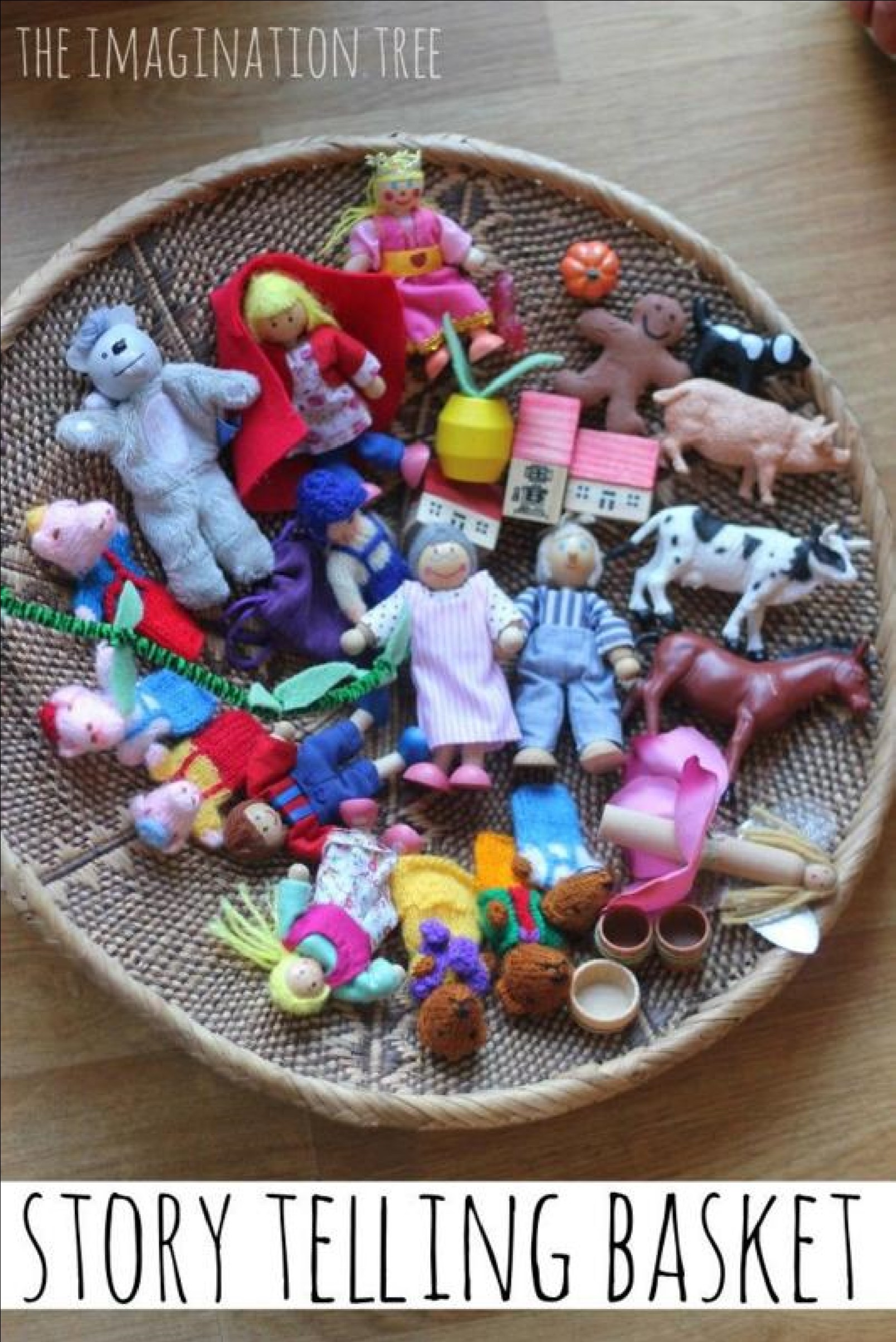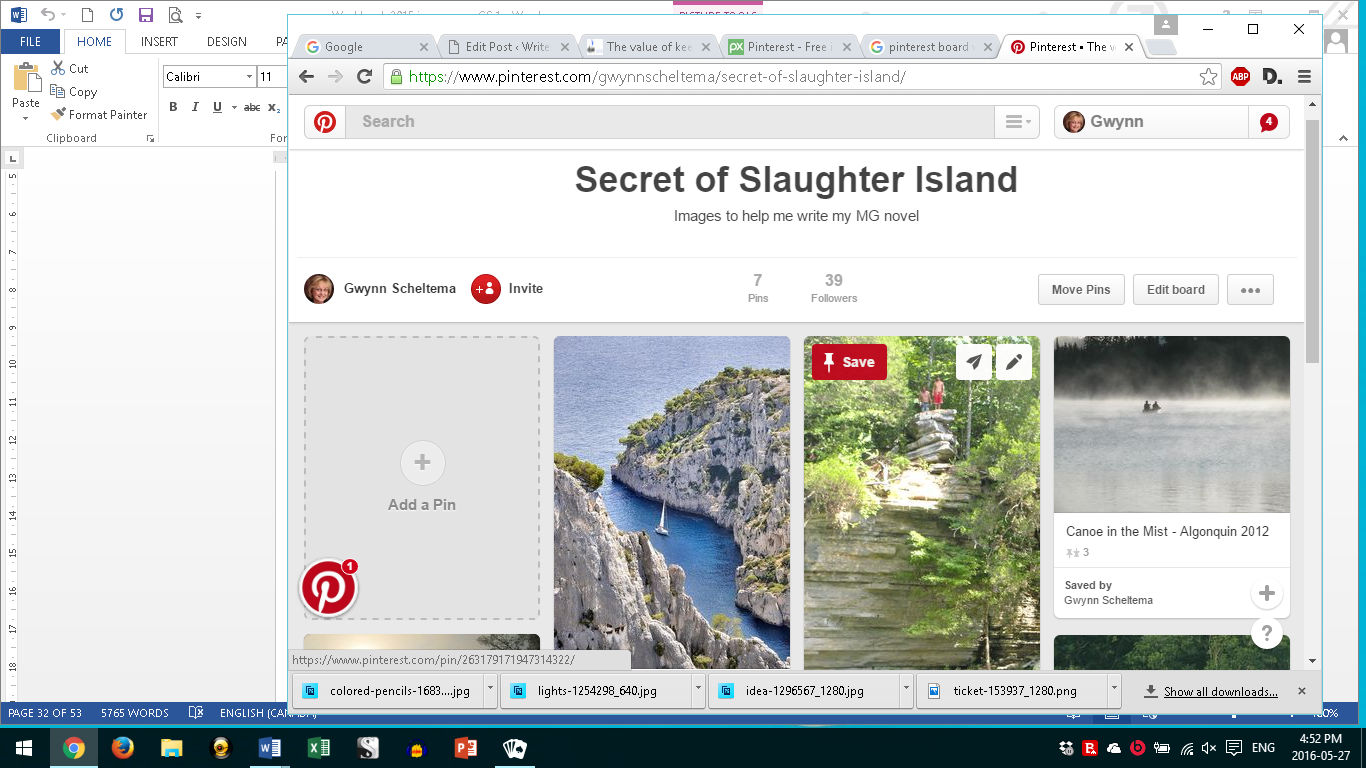Gwynn Scheltema.
Many years ago, as a beginning writer, I decided that the easiest fiction to write was romance. After all, I reasoned, it was shallow and formulaic. It would be easy.
So one summer, I conducted an experiment. I ordered four books in four different imprint series from Harlequin and read them all over July and August. I figured that by the end of summer, I would have that formula down pat!
Dead wrong!
I was wrong. Romance books are not shallow and formulaic. To be sure, they do follow an underlying expectation that the hero and heroine will get together in the end, but that’s where the formula ends.
They span many genres: mystery, suspense, historical; the plots are varied and complicated; the settings global; the characters believable and fascinating. And the writing was, for the most part, good. Some books were stronger than others for me, but I can say that about any genre I read. I realized very quickly that I would have to learn a whole lot more before I ever… if I ever… tackled a romance novel of my own.
Digging Deeper into Romance
 So where do you go to find out more about the genre? The Romance Writers of America, (RWA) website gives a good overview of the genre as well as information on the romance sub-genres. They describe themselves as “dedicated to advancing the professional interests of career-focused romance writers through networking and advocacy.” There you can also find information of RWA chapters throughout North America including Canada, where you can meet other romance writers and attend workshops and conferences.
So where do you go to find out more about the genre? The Romance Writers of America, (RWA) website gives a good overview of the genre as well as information on the romance sub-genres. They describe themselves as “dedicated to advancing the professional interests of career-focused romance writers through networking and advocacy.” There you can also find information of RWA chapters throughout North America including Canada, where you can meet other romance writers and attend workshops and conferences.
Sweet, saucy or sizzling?
One of the things I learned from my experiment was that not all imprints are the same. Some were sweet and innocent, some were downright racy. I wondered if I would ever be able to write the sex scenes effectively and how to know how much was enough or too much.
Harlequin, the world’s largest publisher of romance, provides clear, detailed guidelines on their website for each of their imprints, from the word count to the level of sexual content. For example, Blaze editors ask for sensuous, highly romantic, innovative stories that are sexy in premise and execution. The tone of the books can run from fun and flirtatious to dark and sensual. Writers can push the boundaries in terms of explicitness…an emphasis on the physical relationship…fully described love scenes along with a high level of fantasy, playfulness and eroticism BUT not erotica. The Blaze line must still uphold the Harlequin promise of one hero and one heroine and an implied committed relationship in the end.
Unagented submissions
Some of Harlequin’s imprints require agent representation, but unagented submissions are welcomed for Harlequin Series. Harlequin Series Books (aka “Series Romance” or “Category Romance”) publishes more than 85 titles each month over a wide range of genres.
Your romance
Want to give writing romance a try?
This infographic from Harlequin’s website will help you decide where your romance fits in their imprint series.

Did you know…
Registration for our Spring Thaw 2019 retreat is well underway. Save your spot now!




 ok
ok  If writing is important to you, it needs to be built into your routine in the same way that you build in any other important activity in your life. If you need to schedule writing time like dental appointments, piano lessons, or hockey practice, do it. Think of writing as your “job” and block out set times like you would if you were going to work.
If writing is important to you, it needs to be built into your routine in the same way that you build in any other important activity in your life. If you need to schedule writing time like dental appointments, piano lessons, or hockey practice, do it. Think of writing as your “job” and block out set times like you would if you were going to work.


 Most readers, even though they may not realize it, read to mirror their own lives. Have they felt that way before? What would they do in a similar situation? How is this situation different from their lives? A story about events of that civil war would be different from an average reader’s life, but would it connect with readers on a human, emotional level? The key to making my story work was to focus not the events the reader couldn’t relate to, but on the emotions the reader could relate to. The emotional mirror.
Most readers, even though they may not realize it, read to mirror their own lives. Have they felt that way before? What would they do in a similar situation? How is this situation different from their lives? A story about events of that civil war would be different from an average reader’s life, but would it connect with readers on a human, emotional level? The key to making my story work was to focus not the events the reader couldn’t relate to, but on the emotions the reader could relate to. The emotional mirror. “In almost every instance the result is the same,” he says, “The ‘riveting’ piece bores, while the ‘boring’ piece holds interest.”
“In almost every instance the result is the same,” he says, “The ‘riveting’ piece bores, while the ‘boring’ piece holds interest.” As I wrote, I closed my eyes and imagined the scene in my mind. What could I see above, below, to the sides? What people and things were in my periphery? What could I hear, smell, touch, what was the quality of the light, temperature of the air? What emotion was I feeling at each point and what did that emotion look like in gestures, actions and reactions?
As I wrote, I closed my eyes and imagined the scene in my mind. What could I see above, below, to the sides? What people and things were in my periphery? What could I hear, smell, touch, what was the quality of the light, temperature of the air? What emotion was I feeling at each point and what did that emotion look like in gestures, actions and reactions?  To heighten the feeling of disorientation, of not fitting into a new world, of being out of control, I edited to make the sentence structure disjointed in places, short and fragmented in others and even syntactically out of step at times.
To heighten the feeling of disorientation, of not fitting into a new world, of being out of control, I edited to make the sentence structure disjointed in places, short and fragmented in others and even syntactically out of step at times.



 Alice curled her legs under her and lowered herself to the lush grass as close to Robbie as she could manage without startling him and breathed in the sweet smell of crushed wildflowers. Robbie closed his eyes and settled back against the ancient oak, folding his farmer-tanned arms behind his head. She watched two dragonflies flit in a tangled dance near Robbie’s red face—whether from the summer heat or embarrassment, she couldn’t tell. She hoped it was the latter. What now? Should she say something? But what? Above the chattering starlings seemed to egg her on. She reached into the picnic basket, swallowed hard and said in a voice she barely recognized as her own, “Want a bite of my apple?”
Alice curled her legs under her and lowered herself to the lush grass as close to Robbie as she could manage without startling him and breathed in the sweet smell of crushed wildflowers. Robbie closed his eyes and settled back against the ancient oak, folding his farmer-tanned arms behind his head. She watched two dragonflies flit in a tangled dance near Robbie’s red face—whether from the summer heat or embarrassment, she couldn’t tell. She hoped it was the latter. What now? Should she say something? But what? Above the chattering starlings seemed to egg her on. She reached into the picnic basket, swallowed hard and said in a voice she barely recognized as her own, “Want a bite of my apple?”




 Using real settings—real towns or cities, real street names, real landmarks— can seem easy because you have everything created already. You don’t have to invent culture, landmarks or names. If you mention the CN Tower or Westminster Abbey, you need only give a few details, and readers can fill in the rest.
Using real settings—real towns or cities, real street names, real landmarks— can seem easy because you have everything created already. You don’t have to invent culture, landmarks or names. If you mention the CN Tower or Westminster Abbey, you need only give a few details, and readers can fill in the rest.

 nds dangerous and the crush of crowds that make it hard for her to keep track of her child.
nds dangerous and the crush of crowds that make it hard for her to keep track of her child.
 Rummaging around in discarded ideas will invariably turn up something unexpected, surprising, fun or usable.
Rummaging around in discarded ideas will invariably turn up something unexpected, surprising, fun or usable. py file folder: for ideas scribbled on napkins and other scrap bits.
py file folder: for ideas scribbled on napkins and other scrap bits.

 o random pictures and write a scene that will somehow link them together.
o random pictures and write a scene that will somehow link them together.

 Lately, I’ve been trying to increase the number of steps I walk each day. I bought a pedometer to record them. At first I just went about my regular routine to see what I was achieving already. Sad. Very sad. Some days I didn’t even break 500!
Lately, I’ve been trying to increase the number of steps I walk each day. I bought a pedometer to record them. At first I just went about my regular routine to see what I was achieving already. Sad. Very sad. Some days I didn’t even break 500! At first glance, if you do the math, an 80,000 first draft written over a year, five days a week, 50 weeks in the year, would only require a measly 320 words a day! A 100,000 word book is only 400 words a day.
At first glance, if you do the math, an 80,000 first draft written over a year, five days a week, 50 weeks in the year, would only require a measly 320 words a day! A 100,000 word book is only 400 words a day.












